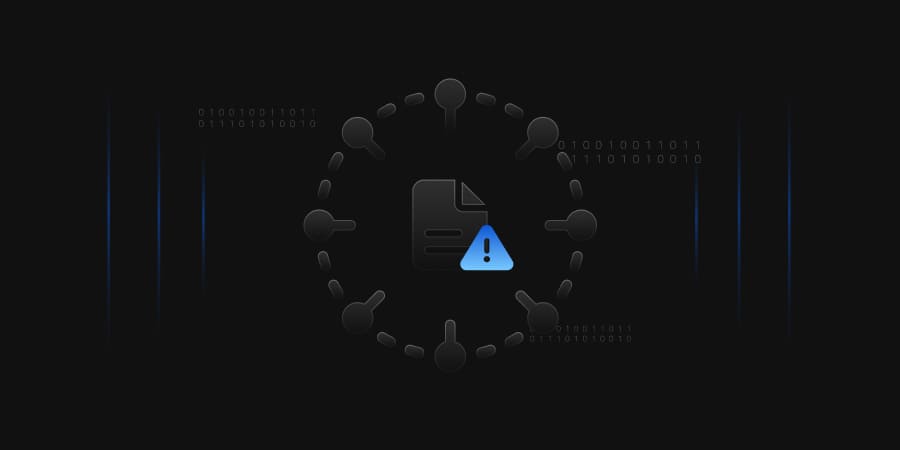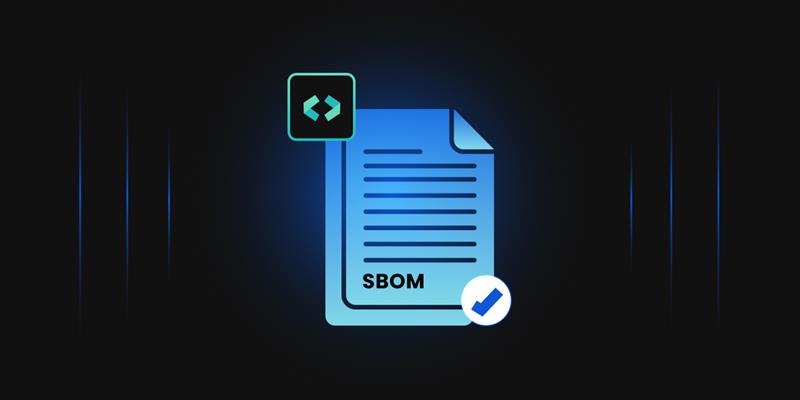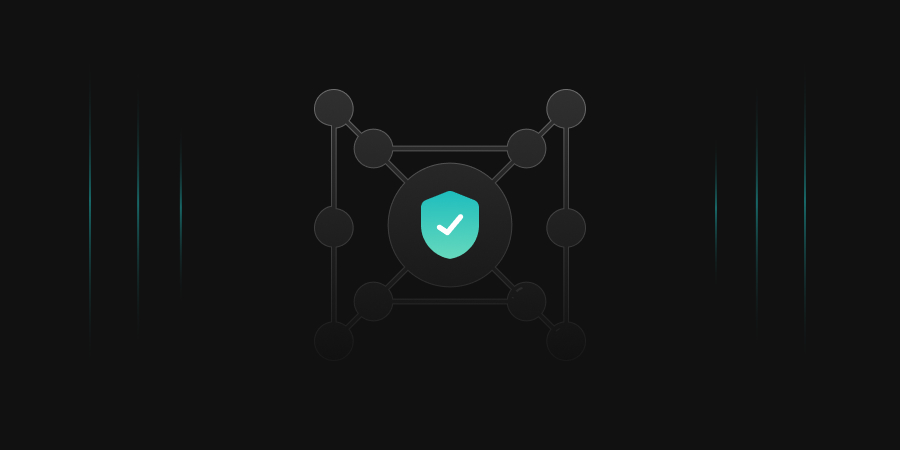Over the past two years, you’ve probably heard more than you ever wanted or expected to hear about supply chain attacks. According to a study, these attacks have seen approx. 650% year-over-year growth. The survey discovered that software development environments still have low levels of security. Additionally, every business analyzed had flaws and configuration errors that made them vulnerable to supply chain attacks.
What is Software Supply Chain Attacks?
When nefarious hackers penetrate third-party software dependencies utilized in numerous “downstream” applications, it results in a software supply chain attack. The common element is open-source software, frequently an automatically trusted source of code utilized by internal system developers. Attackers may potentially steal sensitive information from, disrupt services for, or breach networks at hundreds or even thousands of businesses by infiltrating a single open-source program or library.
Damage dealt
More recent research sheds light on the tendency that three out of five companies were subject to software supply chain attacks. In 2021, Only 38% of businesses claimed that they were unaffected by this attack. Not every attack is the same; some are big, while others are swiftly in the rearview mirror. Some of the High-profile Software attacks which took the internet off the storms were:
-
Solarwinds (Dec 2020)
Threat actors used the Orion software as a weapon to access several government networks and thousands of private systems worldwide, making the SolarWinds supply chain attack a worldwide hack. The US departments of health, treasury, and state were noteworthy victims of this attack.
-
Codecov (April 2021)
Attackers were able to insert a backdoor into Codecov to gain access to sensitive client data, which led to a recent large breach. Very skilled attackers used a flaw in how Codecov created Docker images to carry out this intrusion. They utilized this to alter a script that let them launch several attacks from a remote server using the environment variables from the CI of Codecov users.
-
Microsoft’s Winget (May 2021)
WinGet’s software registry was inundated with pull requests for applications that were either duplicates or misbehaved the weekend after launch. It was inundated with faulty or duplicate packets, which overwrote the already present ones.
-
Kaseya (July 2021)
Numerous managed security providers’ remote monitoring and management software platforms contained a zero-day vulnerability that a ransomware organization found and exploited. This incident encrypted the files of over 1,500 businesses.
-
Log4j Vulnerability (Dec 2021)
The flaw enables attackers to obtain remote access to Log4j-using apps. The vulnerability is in the communication mechanism, allowing an attacker to insert malicious code into the logs and have it run on the system.
And many more on the list.
Top Attack vectors
Many distinct attack vectors are utilized to compromise a software provider and successfully attack through the development pipeline. Attackers mainly concentrated their attacks on these points:
-
Exploiting Open-Source applications flaws
Most commercial software has open-source code. Two areas are the focus of vulnerable application supply chain assaults:
- One is exploiting flaws in previously extensively installed and disseminated programs. E.g., Log4j vulnerability.
- Including malicious code in well-known private and open-source packages to get automated pipeline tools to include them in the application build process. E.g., us-parser-js package poisoning.
-
Compromised Pipeline tools and altered the build process
The second attack method is the compromise of pipeline tools, which enables attackers to alter or introduce malicious code. The source code of an application, which serves as its blueprint as well as the development infrastructure and procedures, can be made public by a compromised CI/CD pipeline.
At the same time, the program is being built (as was the case of SolarWinds). Additionally, the pipeline is coupled with dozens of external dependencies that can be utilized to access and launch attacks, like the Codecov attack.
-
Manipulating the Code of Integrity
Sensitive data in code, poor code quality, and security vulnerabilities were frequently observed in the environments of many of the customers. The submission of flawed code to source code repositories has been recognized as the third risk factor. This influences the security posture and artifact quality.
How can Codesigning help?
Code signing is a process to confirm the authenticity and originality of digital information, such as a piece of software code. It assures users that this digital information is valid and establishes the author’s legitimacy.
Code signing also ensures that this digital information has not changed or been revoked after it was validly signed. Code signing can assure double authentication, thwart attacks, and even avoid namespace conflicts as you share source code throughout the SDLC.
Best Practices
Here are a few code-signing best practices to guarantee the security of your application code.
-
Securing all the private keys
The loss, theft, or compromise of a code-signing private key poses a serious security risk. There are some simple rules we can follow to avoid the risk:
- Restricting unauthorized access to the keys.
- Implementing physical security control over the keys to limit the process.
- Securing keys with cryptographic hardware items.
-
Automating the signing process by Pipelines
An end-to-end centralized approach to code signing procedures while enforcing security regulations is part of the automated code signing process. Without slowing down the SDLC, this automation approach connects with CI/CD pipelines and uses granular access control.
- Describe the roles, responsibilities, and procedures for approval.
- Integrating with existing environments and tools can make code signing quick and simple for the internal teams.
- Using time stamps to record all codesigning activities.
Conclusion
Your software supply chain is intricate, extensive, and interrelated, making it vulnerable to attacks. There have been a few devastating and small attacks in the past, and the future could be much better. Attackers have been using different attack vectors to target a specific side. The application of code signing is a crucial security-hardening technique.
Code signing ensures no tampering from unapproved parties and that the final published software is from the original publisher. By following certain code signing best practices, we can ensure that the Supply Chain attacks no longer threaten us.
For more information, you can contact us [email protected]




